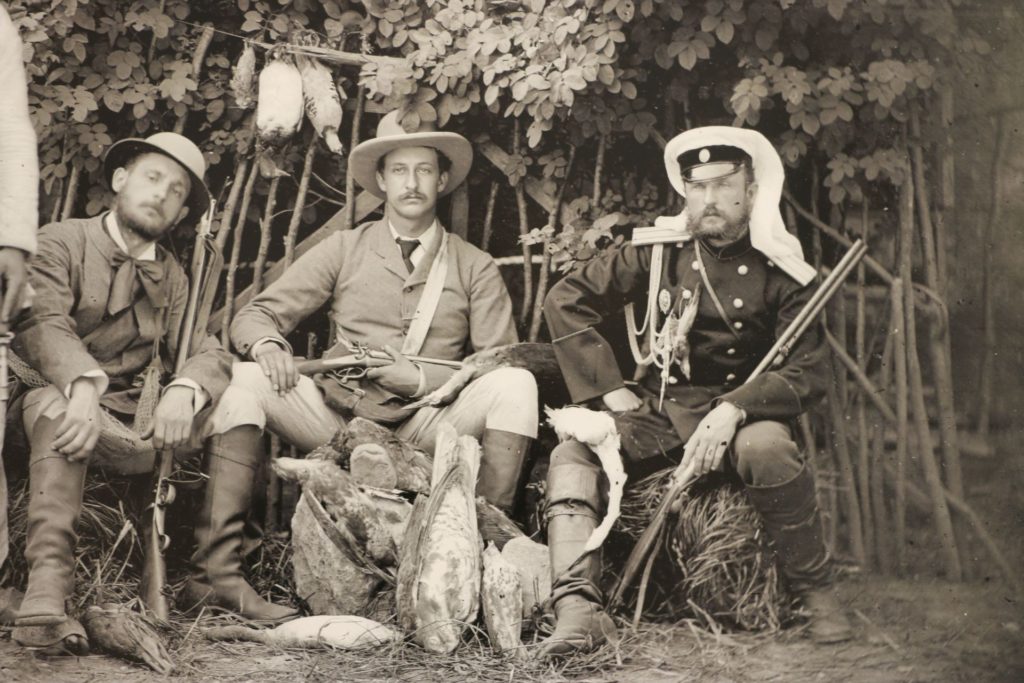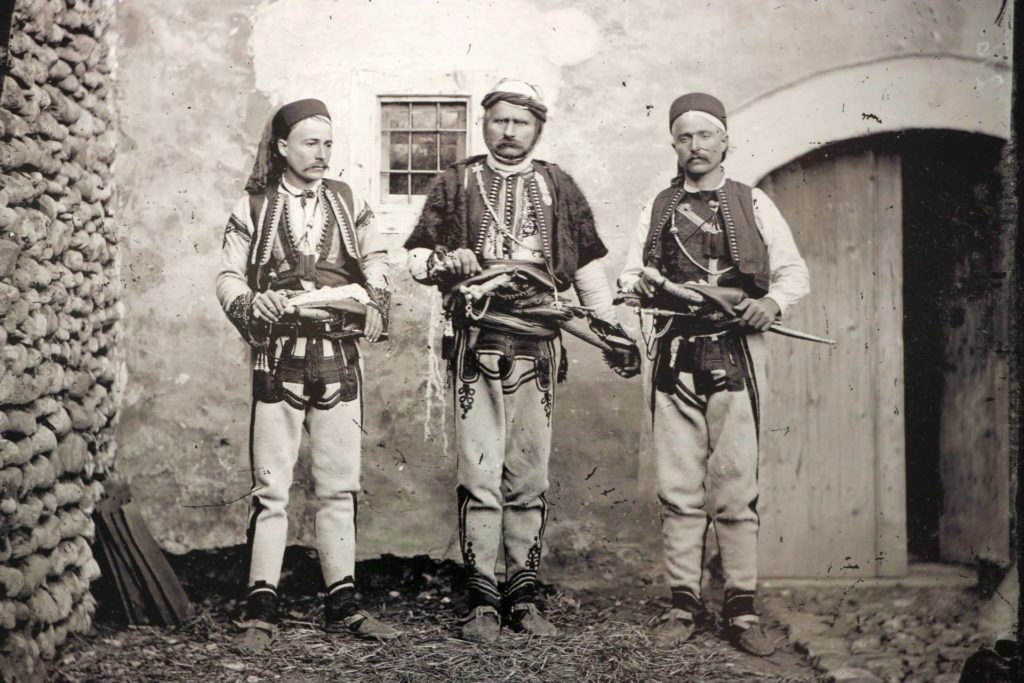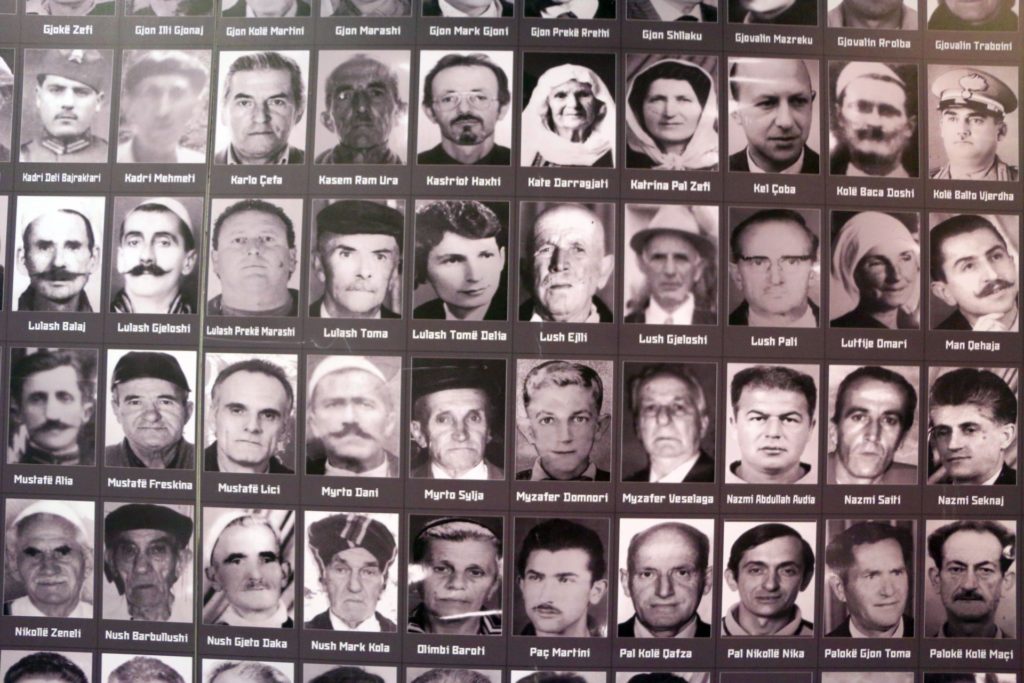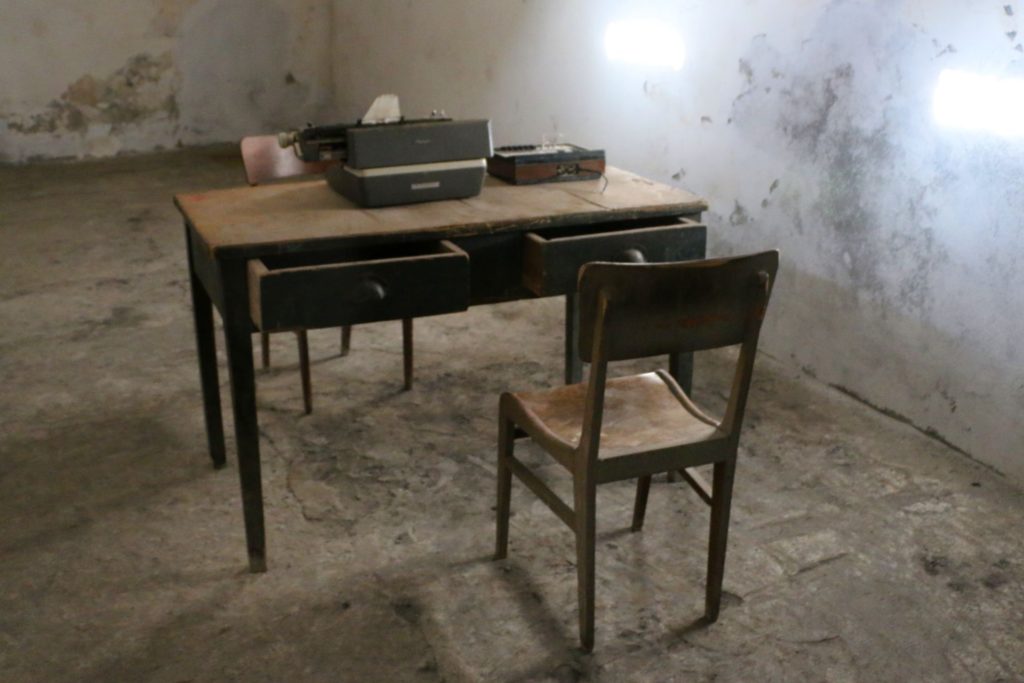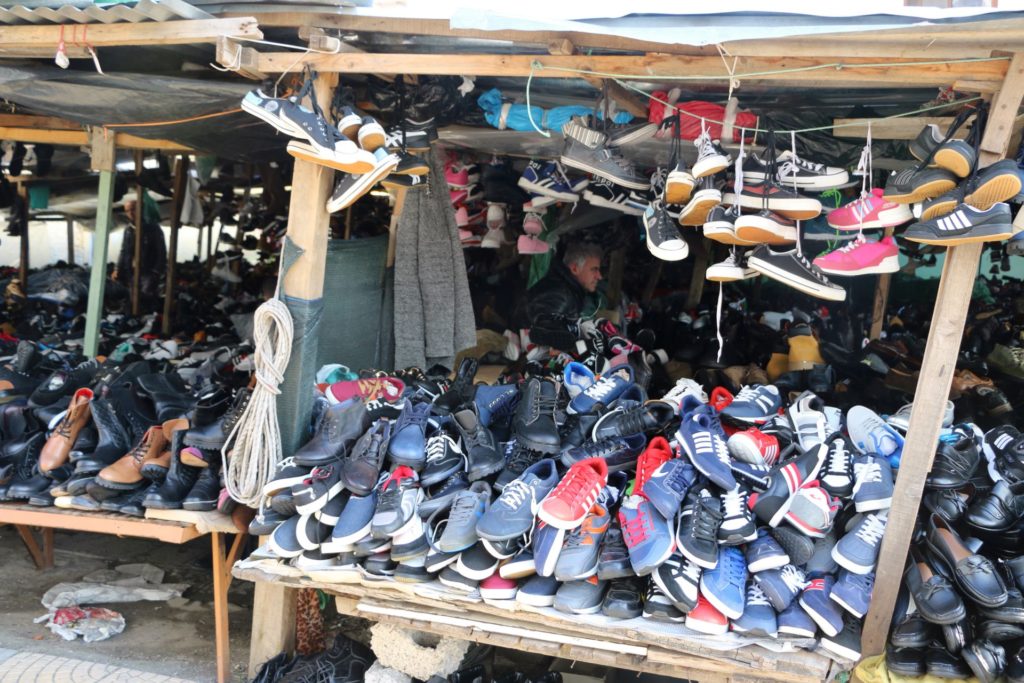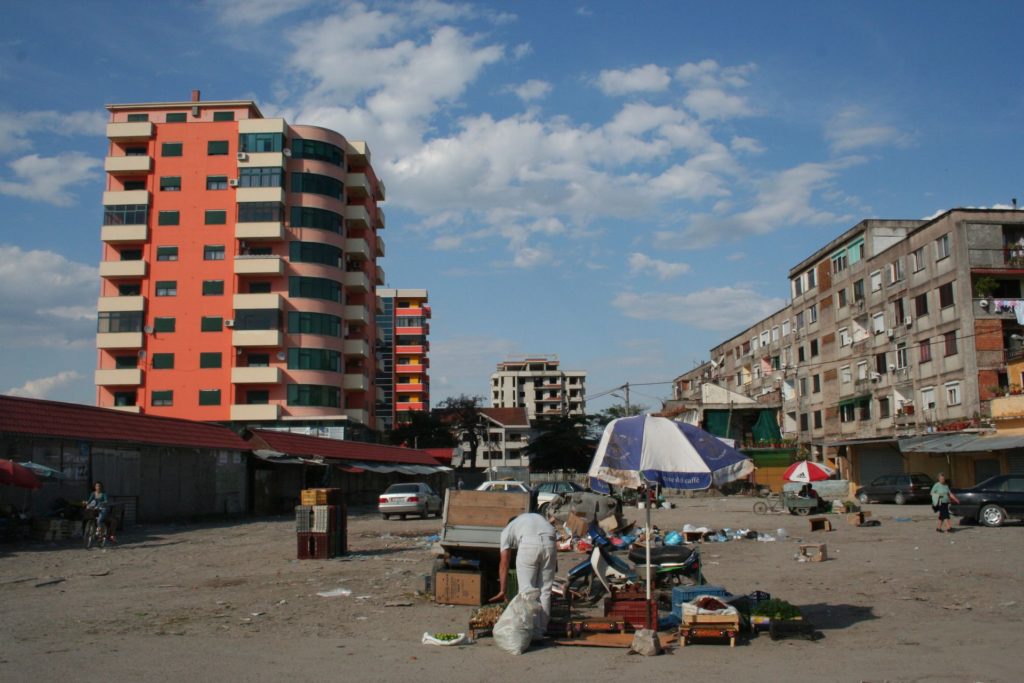 I visited Shkodra for the first time in the nineties of the last century. At that time, after the death of dictator Enver Hoxha, it was a rather dirty, poor and neglected town with numerous dilapidated communist buildings. There were only a few cars around, but the streets were full of bicycles and horse or donkey carts.
I visited Shkodra for the first time in the nineties of the last century. At that time, after the death of dictator Enver Hoxha, it was a rather dirty, poor and neglected town with numerous dilapidated communist buildings. There were only a few cars around, but the streets were full of bicycles and horse or donkey carts.
Later on, I started to visit Shkodra more often, although the reconstruction of the road from Podgorica to Shkodra lasted many years. Can you imagine that we needed more than two hours to pass the distance of 65 km at that time?
But finally, in 2013, the road was finished and Shkodra started to develop very quickly. Many modern buildings were built and old residential blocks were painted. Traditional houses were reconstructed, pubs and restaurants opened and the new pedestrian zone offered great possibilities for the development of tourism.
Nowadays, the town of Shkodra (around 100,000 inhabitants) is really worth a visit. As it is one of my favorite destinations for a day trip, I would like to suggest 7 things you shouldn’t miss in Shkodra:
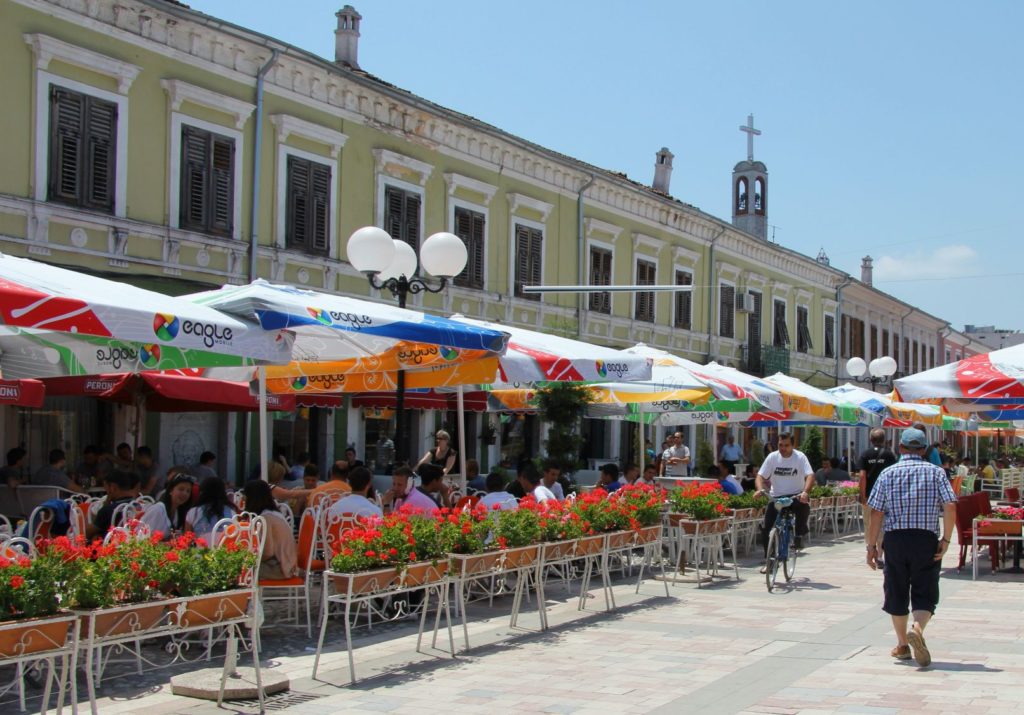 1. Sheshi or Kol Idromeno Street: The most beautiful part of the town is, no doubt, the area around the pedestrian street ‘Sheshi’ or ‘Piazza’, officially called Rruga Kolë Idromeno, which has been preserved in the traditional architectural style. It contains many bars, restaurants, museums and fancy shops, and is about one kilometer long. Take a walk and enjoy the relaxed atmosphere: whenever the weather is sunny, the pubs with their street terraces are full of locals, in particular young people. At the end of the street is the statue of Mother Teresa, often decorated with fresh flowers.
1. Sheshi or Kol Idromeno Street: The most beautiful part of the town is, no doubt, the area around the pedestrian street ‘Sheshi’ or ‘Piazza’, officially called Rruga Kolë Idromeno, which has been preserved in the traditional architectural style. It contains many bars, restaurants, museums and fancy shops, and is about one kilometer long. Take a walk and enjoy the relaxed atmosphere: whenever the weather is sunny, the pubs with their street terraces are full of locals, in particular young people. At the end of the street is the statue of Mother Teresa, often decorated with fresh flowers.
2. Marubi Photo Museum: In the middle of Sheshi is the new Marubi Photo Museum. It has a vast collection of photographs (apparently over 500,000). The Italian pioneer photographer Pietro Marubi arrived in Shkodra in 1856. As he didn’t have children, he adopted his apprentice Kel, who continued and enriched his work. The museum will give you a great insight of how Albania was looking through time: the photos show common people with characteristic national costumes, pictures from town and country life, landscapes and other aspects of Albania in the late 19th and early 20th century.
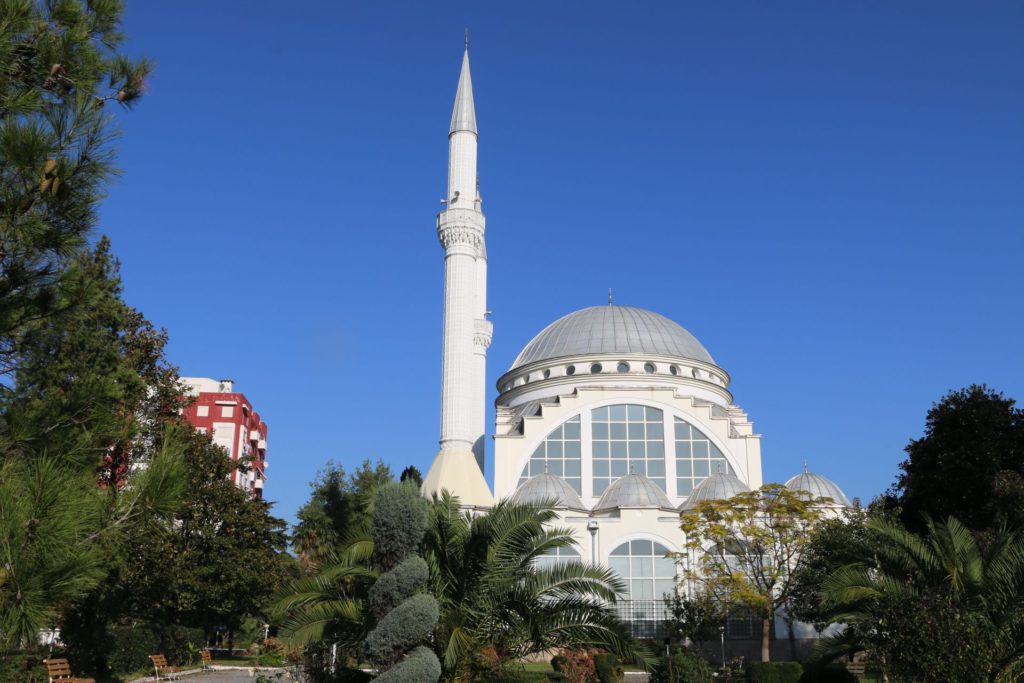 3. Mosques and cathedrals: It is typical for Albania, once the first and only „atheist“ country in the world, that religions have started to develop very quickly since the early nineties. That doesn’t mean that Albanians are „deeply religious“; they just respect the religion of the family they are born into, celebrating the holy days and respecting the traditions. But – what is most important -all religions live peacefully together. In Shkodra, the proportion of Muslims and Catholics is about fifty-fifty. Although there are not many Orthodox believers, there is a big Orthodox cathedral in the centre. Which “Houses of God” are worth a visit? I would say: visit the Cathedral of St. Stephen, beautiful in its simplicity. It is located at the end of the historic street Rruga Gjuhadol and it is one of the biggest Catholic cathedrals in the Balkans. Worth visiting is also the Al-Zamil Mosque, the new mosque in the centre of the city.
3. Mosques and cathedrals: It is typical for Albania, once the first and only „atheist“ country in the world, that religions have started to develop very quickly since the early nineties. That doesn’t mean that Albanians are „deeply religious“; they just respect the religion of the family they are born into, celebrating the holy days and respecting the traditions. But – what is most important -all religions live peacefully together. In Shkodra, the proportion of Muslims and Catholics is about fifty-fifty. Although there are not many Orthodox believers, there is a big Orthodox cathedral in the centre. Which “Houses of God” are worth a visit? I would say: visit the Cathedral of St. Stephen, beautiful in its simplicity. It is located at the end of the historic street Rruga Gjuhadol and it is one of the biggest Catholic cathedrals in the Balkans. Worth visiting is also the Al-Zamil Mosque, the new mosque in the centre of the city.
4. Museum of Memory: This new museum, characterized by its modern design, is dedicated to the memory of the crimes and victims of communism under the dictatorship of Enver Hoxha. It is located in Bulevardi Skenderbeu, near Kinema Millennium. Very impressive are the actual cells and chambers of torture in this former police station. The walls are covered with photos of the victims and old movies show trials against those people, who had the courage to express a different opinion in that period. A touching experience!
5. Rozafa Castle: This fortress is situated 3 km south of the city centre, on a rocky hill (133 m high). It is more than 2000 years old, but the remnants of the walls, the St. Stephen Church, the belfry and other buildings date back to the Venetian period. You can also visit the museum and drink a cup of coffee in the typical café in Albanian style. The top of the hill offers magnificent views of the Lake, the Buna and Drini rivers and the surroundings (see also: The Rozafa Castle in Shkodra, Albania)
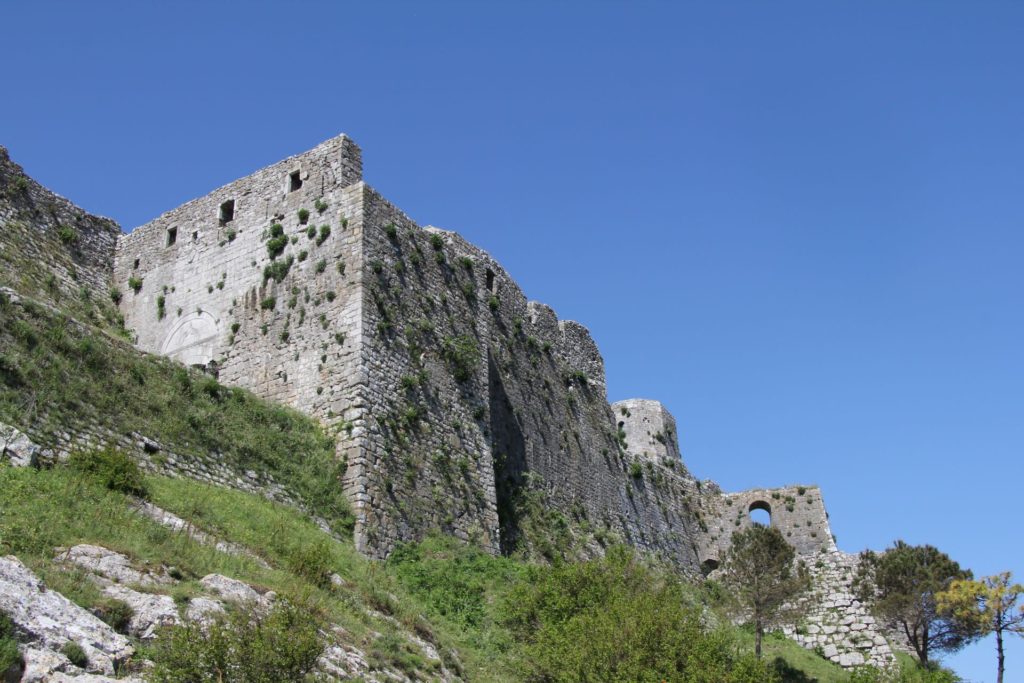 6. Strolling around the old centre: Each time when I visit Shkodra, I see progress, much progress. Old buildings restored and painted, streets paved, parks and fountains well-maintained. The beautiful historic street Rruga Gjuhadol has been restored with international support. Other parts of the old town have a typical Oriental structure with narrow streets and high walls around the houses. If you want to see a good example, visit Hotel Tradita (Rruga Edith Durham). Should you decide to spend the night in Shkodra, this is an excellent hotel/restaurant in traditional style. Maybe you wouldn’t expect it, but it really is a fascinating experience to walk around Old Shkodra!
6. Strolling around the old centre: Each time when I visit Shkodra, I see progress, much progress. Old buildings restored and painted, streets paved, parks and fountains well-maintained. The beautiful historic street Rruga Gjuhadol has been restored with international support. Other parts of the old town have a typical Oriental structure with narrow streets and high walls around the houses. If you want to see a good example, visit Hotel Tradita (Rruga Edith Durham). Should you decide to spend the night in Shkodra, this is an excellent hotel/restaurant in traditional style. Maybe you wouldn’t expect it, but it really is a fascinating experience to walk around Old Shkodra!
7. Street Trade in Rruga Europa: I love Europa Street, just because it is not European at all! This is the district where street trade is well-developed and where you can buy all kinds of stuff: home-made tobacco, chickens, spare parts, wedding dresses, shoes, curtains, screws, religious souvenirs … The side-walks are broad and a walking tour through this picturesque part of the town is really enjoyable and full of surprises.
And last, but not least, my advice for a good lunch or dinner in Shkodra: I already mentioned ‘Tradita’, but another restaurant with delicious food and a nice atmosphere is Vila Bekteshi (besides the Orthodox Cathedral). The prices in Shkodra are still ridiculously low, even if compared to Podgorica: in this restaurant you will pay for a three-course meal with drinks around € 10.00, but if you prefer a light lunch, € 5.00 will be more than enough. And if you want to eat a good pizza, go to Piazza Park (Rruga 28 Nentori, in the very centre) with its shady garden. Good Italian food is served in the San Francisco Restaurant (Kol Idromeni).
Christmas is coming – another reason why you should visit Shkodra. Last year, we spent Christmas’ Eve in Shkodra and we were absolutely surprised to find such a festal atmosphere and to attend a touching Holy Mass in the Catholic Cathedral! (see: Christmas in Shkodra).

